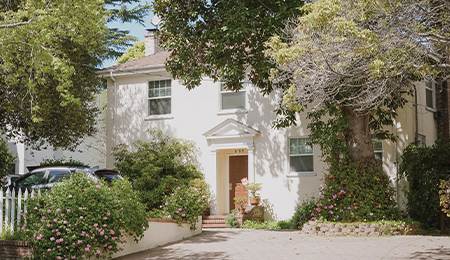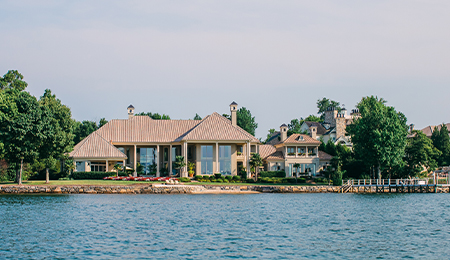The latest numbers show rising inventory, longer market times, and modest price growth, reflecting more stable conditions.
The real estate market has shown mixed activity this summer, with several key indicators pointing toward a more balanced environment. While some homes continue to sit, pending sales have increased as sellers adjust pricing and more buyers return to the market. The numbers from early July help paint a clearer picture of where things stand. Here’s a closer look at what numbers say:
Pending home sales. Pending home sales rose 1.8% month over month and 1.1% year over year, according to data from the National Association of Realtors. All four U.S. regions reported monthly gains, with the South showing a 13% increase in pending transactions. This uptick suggests that pricing adjustments from sellers have aligned with buyer expectations, helping more deals close.
Listings and inventory. New listings remain steady. As of July 5, there were 968 new listings, slightly up from 949 during the same period last year. Inventory continues to build, rising from around 6,800 homes in April to over 8,000. Compared to this time last year, total listings are up 39%, giving buyers more choices and negotiating power.
“Realistic pricing and smart strategy are critical for sellers this season.”
The time it takes for a home to list, go under contract, and close has increased. The average list-to-close period now sits at 87 days, up from 78 days last year. With closings typically taking 30 to 40 days, this puts the average days on market at roughly 40 to 50. Last year, homes spent an average of 31 days on the market, but that figure now sits at 42, which is slightly down from 47 earlier this year.
Home prices. Despite more inventory, home prices are still climbing. The average sale price rose from $520,000 last year to $536,000 this year, a 3% increase. While the pace of appreciation has slowed compared to previous years, the market continues to hold value for sellers.
Months of supply. Months of supply have also increased. In 2023, there was just a month and a half of inventory. That rose to two and a half months in 2024, and now sits just above three and a half months in 2025. A 90-day supply is generally considered a balanced market, and the current level puts us just beyond that threshold. While this doesn’t necessarily make it a buyer’s market, it does reflect more stable conditions.
For buyers who delayed their search or extended leases over the past couple of years, this may be a good time to explore available homes. The growing inventory offers more selection and the potential for negotiation. For sellers, realistic pricing and a clear strategy are key. Overpricing based on last year’s numbers could lead to longer market times and missed opportunities.
If you have questions or need guidance, just reach out. You can call me at (704) 777-8090 or send an email to team@jbolos.com. I look forward to hearing from you.



